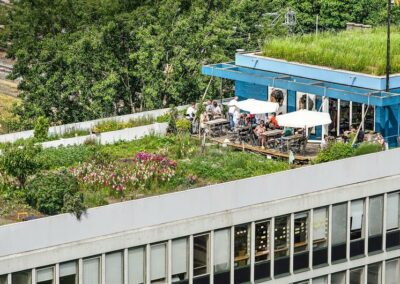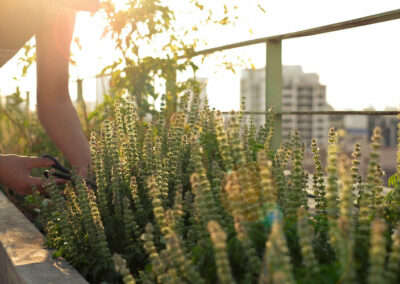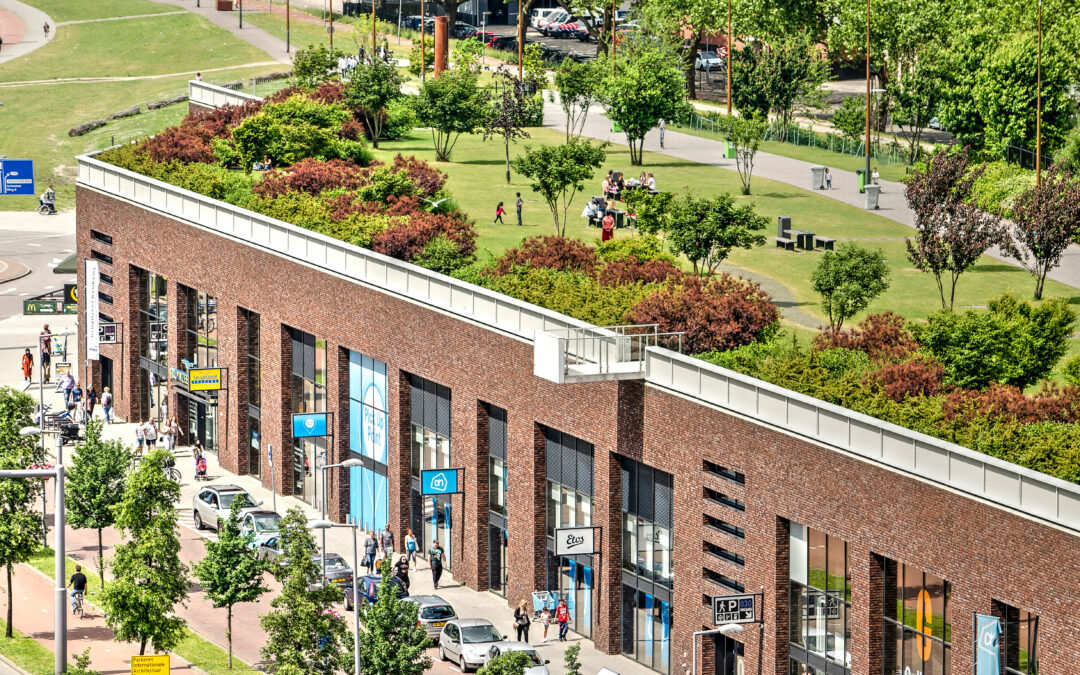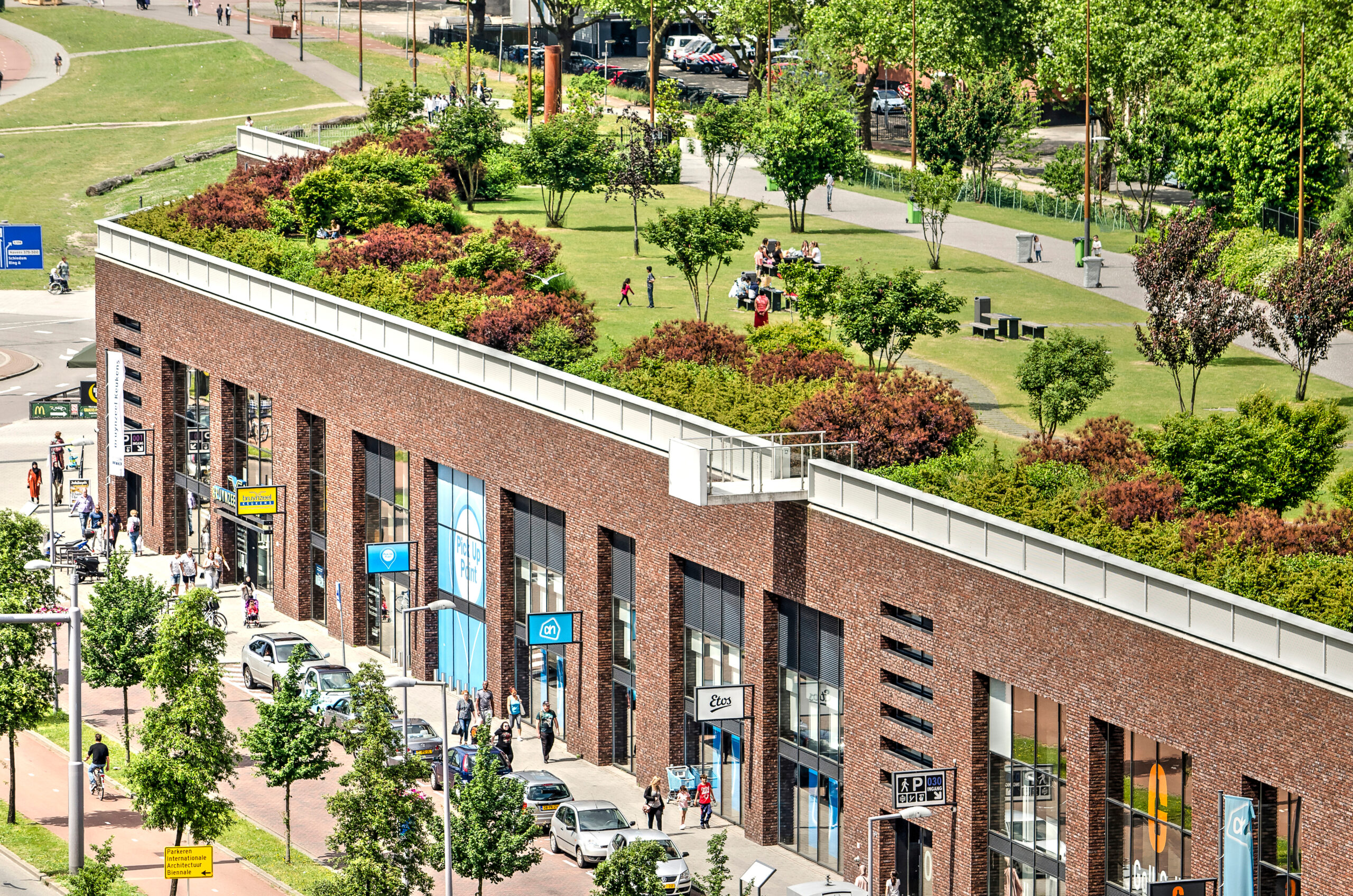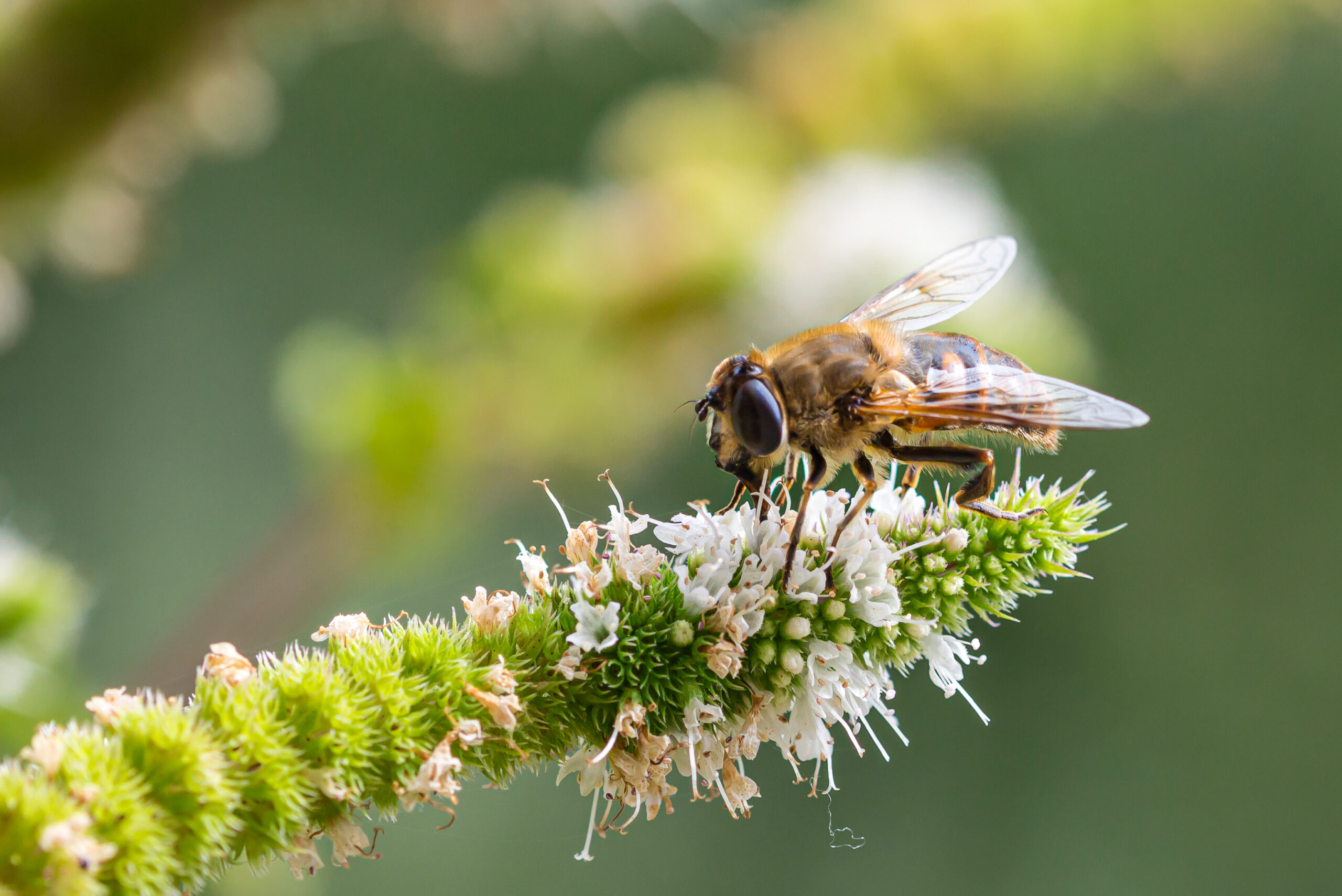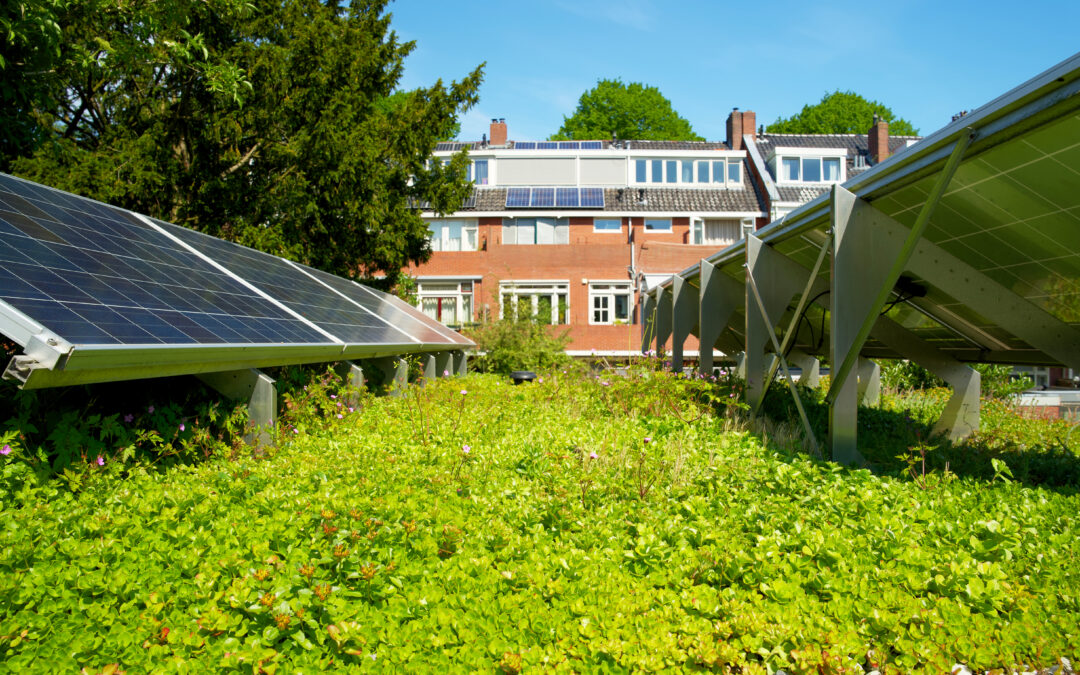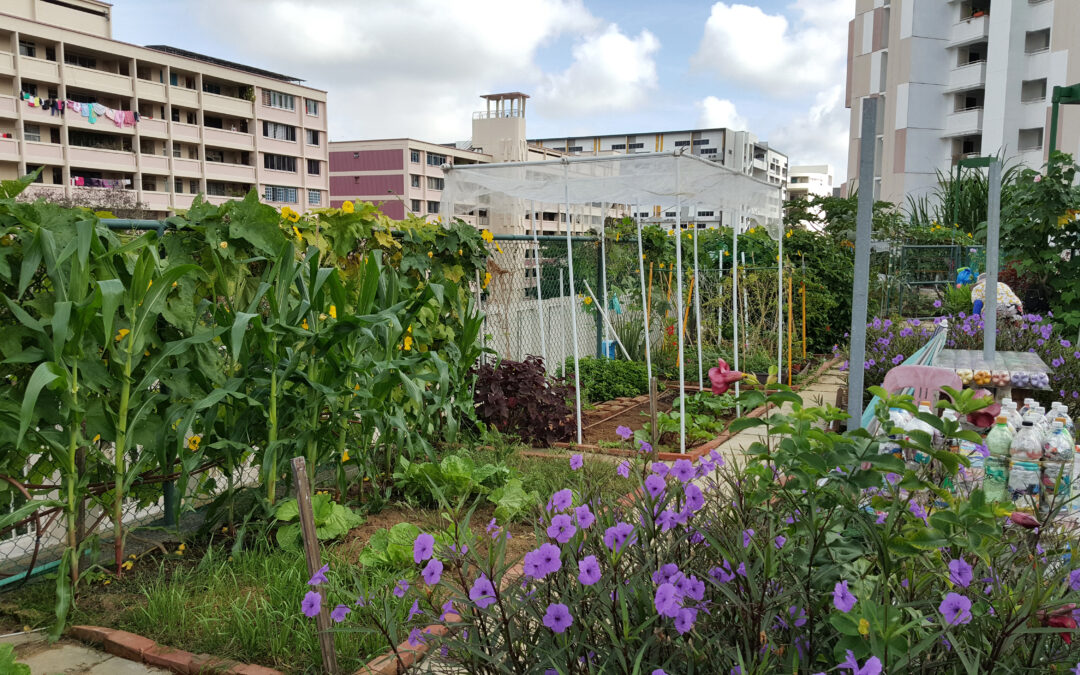
European Lawmakers Poised to Include Green Infrastructure in New Rules for Sustainable Buildings
European Lawmakers Poised to Include Green Infrastructure in New Rules for Sustainable Buildings
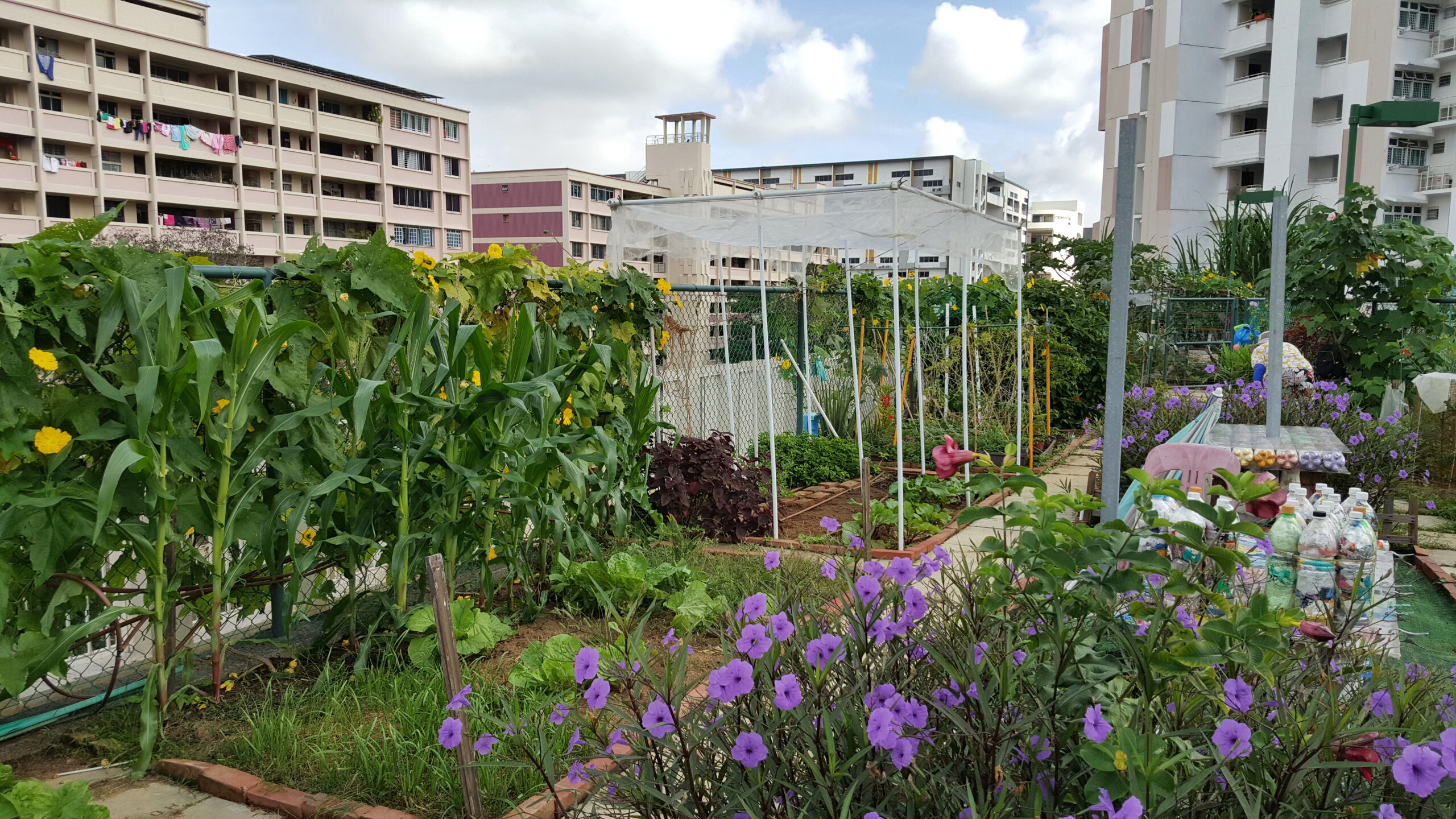
View of the home based roof top farming organic garden with various vegetables an plant.
In the Spring 2023 edition of Living Architecture Monitor (LAM), our managing director Luigi Petito reflects on how rooftop farming represents the epitome of the multiple benefits of urban green infrastructure.
Rooftop farming is an inspiring topic. It raises interest from across the board including lawmakers, citizens, architects, designers, planners and industry providers of green roof technologies and systems.
After all, who could be insensitive to the opportunity to transform unused rooftops into access to living green areas to grow local, fresh and healthy food? From an environmental perspective, the impact that the deployment at scale of urban farming could have on food related carbon footprint is significant. Emissions could be reduced massively through the combination of reducing food related carbon emissions from transport; and potential changes in food consumption of urban gardeners and local consumers whose diets evolve toward low-carbon choices including a decrease in meat consumption.
The full article is available here.
The LAM magazine is a quarterly publication first published in 1998. It features in-depth interviews with leaders in the green building movement, opinions, research, and green roof and wall project profiles. Living architecture is the integration of living, organic systems with non-living, inorganic systems in, on, or around buildings. Living architecture is an important step to reconcile people and nature in the modern built environment.
In January 2020 we were asked to set up and run the European Chapter of the World Green Infrastructure Network. Another exciting task to improve the quality of urban areas and help cities to reconnect with nature.
Rue Philippe Le Bon 15
1000, Brussels, Belgium
+32 2 588 56 70
info@bs-europa.eu

